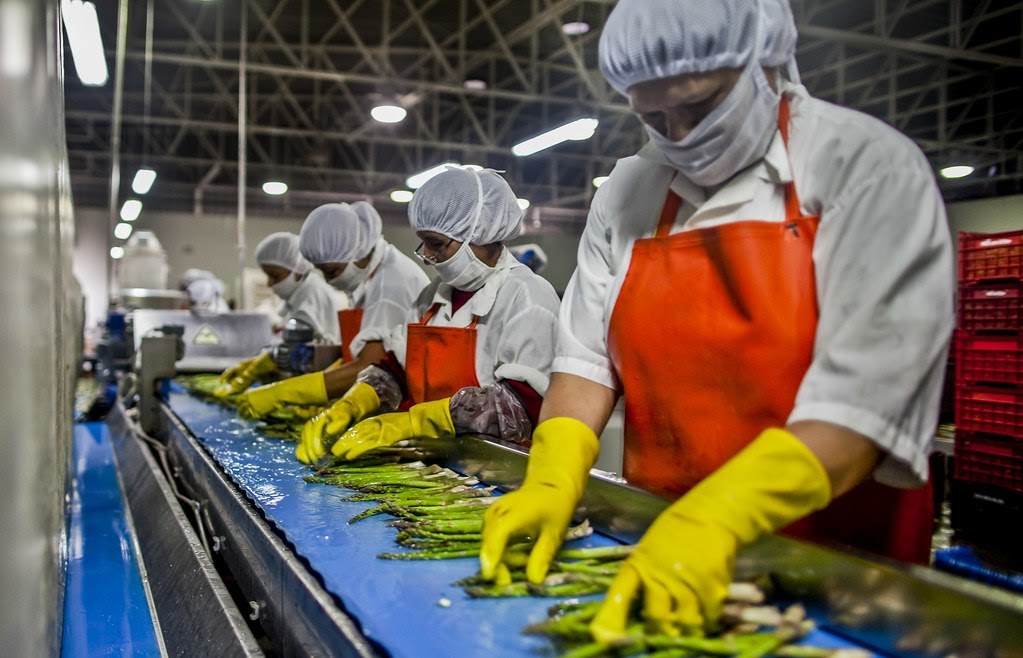As the world shows more signs of climate change and food purchasing decisions often hinge on how responsible the manufacturer appears, many food production and processing companies are “going green.”
This can involve anything from offering organic foods, implementing renewable energy technologies in facilities, and even transportation fleet considerations. Here are some ways in which your operation might be able to decrease its carbon footprint, help protect the environment, and please consumers in the process.
What does it mean to ‘go green?’
At the core of the green movement is sustainability, which involves creating or implementing manufacturing processes that deplete as few natural resources as possible. Essentially, to go green is to lessen the impact of your food processing operation on the environment.
In essence, food manufacturers should consider ways in which their operations can meet the needs of present consumers without affecting future generations’ ability to meet their own needs.
Reduce your carbon footprint
Greenhouse gas (CFC) emissions are one of the leading causes of climate change, which is why many, many companies have made the commitment to go “carbon neutral” over the next decade.
Carbon neutrality can be achieved by either eliminating carbon dioxide emissions altogether or by purchasing carbon offsets, which are reductions in carbon dioxide emissions to compensate for emissions elsewhere. Basically, a food processing facility’s net carbon dioxide emissions should equal zero when all is said and done.
Offer organic options
As consumers become more discerning in their food choices, the demand for organic foods is rapidly growing. Committing to providing organic options for your consumers is a commitment to environmentally friendly and animal-friendly practices and, in many cases, spurns other ethical initiatives such as fair trade agreements with foreign growers.
Organically grown foods are grown using non-toxic pesticides and fertilizers, which are significantly better for the environment and reduce the risk of contaminated runoff into local rivers and lakes.
Reduce toxic materials in manufacturing and packaging
Green up your production process by fully eliminating toxic chemicals such as cleaning agents and harsh plastics and phthalates in packaging materials. Even rubber tubing can emit toxic chemicals, so consideration of every minute detail of your facility is required to truly get rid of toxins.
The good will and peace of mind you’ll provide to your customers, however, will be well-worth the up-front difficulty.
Reduce packaging materials altogether
Once you have toxic chemicals in your packaging taken care of, look for innovative ways to reduce packaging, period. Are you over-wrapping things in plastic? Could your bottles or containers be redesigned to include less plastic?
You may even be able to replace plastics with plant-based, biodegradable packaging materials. You can even look at recycled materials as an option, and you may even be able to save quite a bit of money by automating your packaging process in order to drastically reduce waste.
Increase energy efficiency
The benefits of making your food processing facility more energy-efficient are twofold: you’re assuming more environmentally friendly practices, and you’ll save money in the long run. This process can be as easy or complex as you make it.
It could start with installing motion-activated lights in your facility’s washrooms and less-used storage rooms, and it can expand to employing solar arrays and geothermal heating (certainly more expensive options).
… And more!
There are a multitude of ways to go green at your food production facility, and many of them may be specific to your location, sector, size, and any other of myriad mitigating factors. The first step is to simply look for opportunities to become more eco-friendly; find the simple things you could do tomorrow and start there. It’ll become easier as you go.
Drainage questions?
While your drainage may not exactly fall under “going green,” our experts are here to answer any questions you may have about whole-facility drainage solutions.


